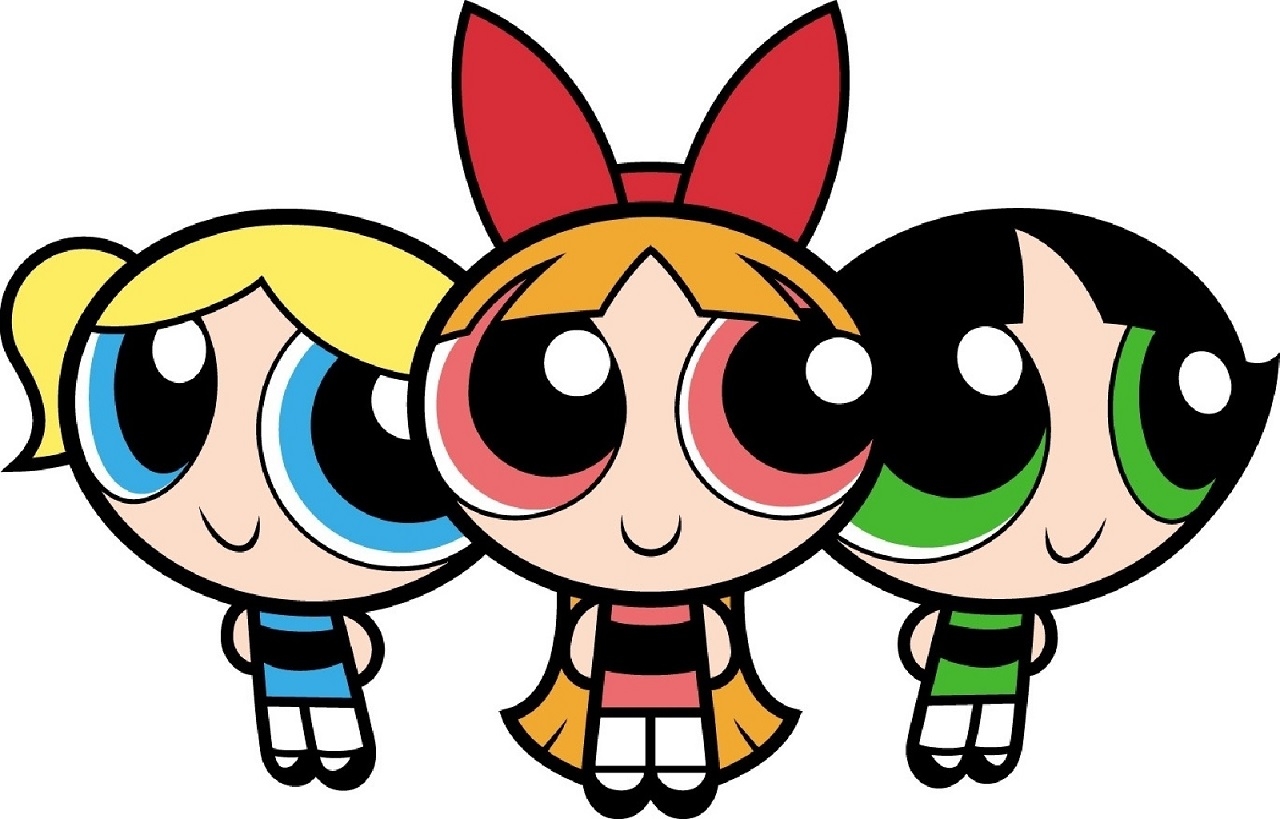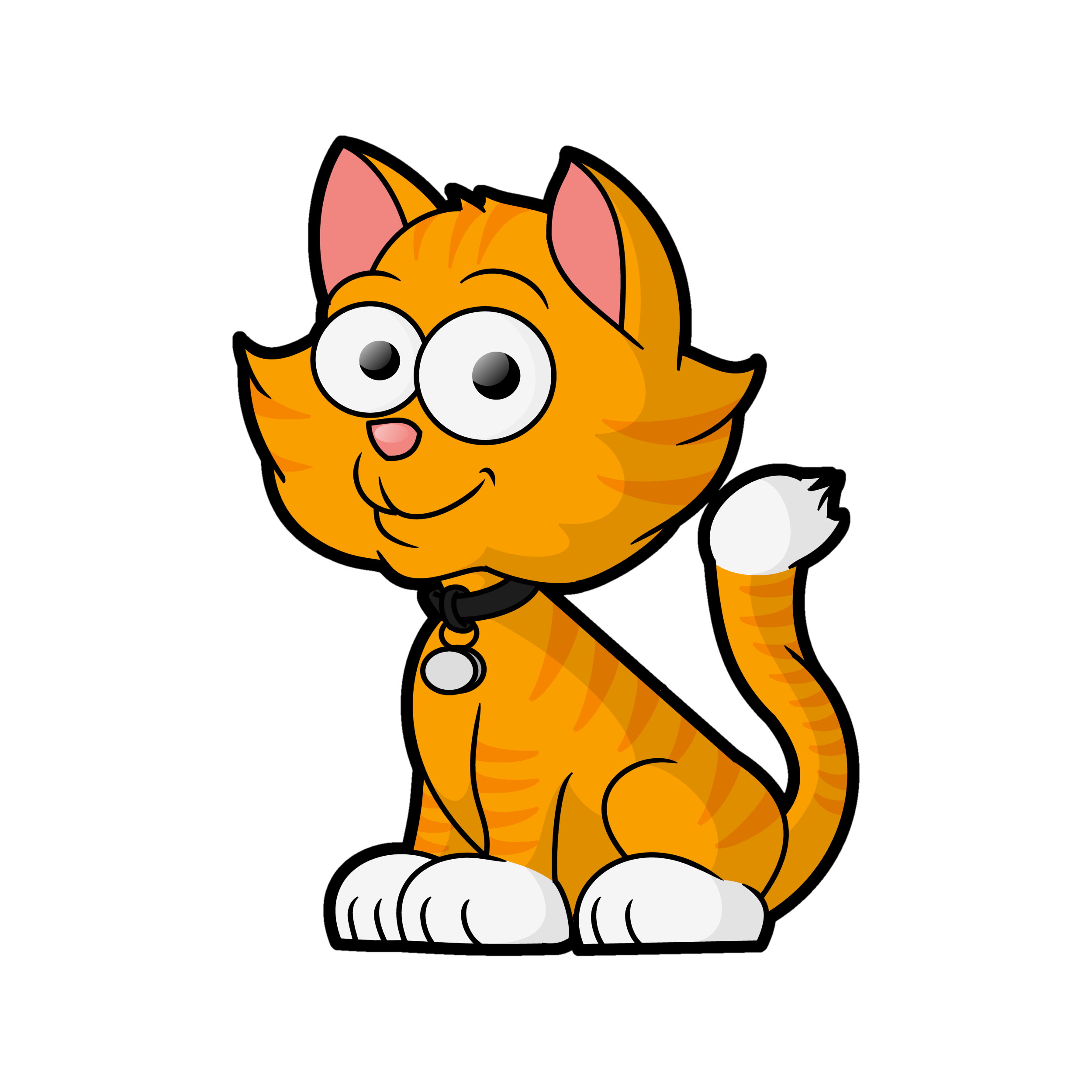Cartoon
A cartoon is a graph in an image a comic or satirical story - usually with a punch line - told. Originally no words were used for the visual humor. Seriously drawn comments on political affairs with critical intent are called caricature. The transition is gradual. Picture stories of several panels is called comic. Cartoons appear mainly in newspapers and magazines.
The term comes from the French cartoon carton = cardboard and originally drawn on cardboard designs for frescoes and tapestries.
In English ( animated ) cartoon called cartoons.
History
Generally
In U.S. and British newspapers, the cartoon has a broad tradition. Prestigious journals such as The New York (founded in 1925) adorn every issue with a large number of cartoons and employ their own cartoonists.
The British satirical magazine Punch (founded in 1841) printed the first cartoons in the modern sense. Punch also coined the term cartoon in the English language, which was first meant ironically, but then became the regular term for humorous drawings. Dialogues between the protagonists were printed under the drawing. The cartoons of Punch dealt not only with politics but attacked - often on very succinctly - "hot " on social issues, situation comedy and everyday conflicts.
Such was and is the difference of the cartoon about political cartoons and defamatory images to individual persons ( whose tradition can be traced back to ancient times ): Also a cartoon can potentially transform every aspect of social life in a concise, witty visual narrative; However, as a comic drawing has its own entertainment value, and not only as volatile comment on current affairs or political criticism validity. He is an art form that has its place alongside other small forms such as the anecdote. The difference to a mere joke drawn is that the cartoon on the drawing can not do without, because it is fundamental to humor.
Accompanying texts and dialogues of the protagonists are usually kept very short and pointed in cartoons and are printed above or below the image or included in your speech. Most of the cartoons are drawn by a person and texted, but there are also states cooperating teams of illustrators and writers, such as Katz and Gold or Greser and Lenz. The substantive range of cartoons is very far - they range from simple wordplay to the comic treatment of the politics of the day to drawings whose comedy is based on ironic quotations of pop culture. A special division are the cartoons on scientific topics and issues as they are designed by the American cartoonist Sidney Harris.
As in the comics and in animation the graphics themselves can be the subject of the narrative and the subject of comedy in cartoons elements. Cartoonists often develop a custom graphic style that gives them recognition and helps in the highly competitive market to find a position.
Cartoons in German-speaking
The first German-language magazines that printed cartoons were the satirical magazines Kladderadatsch (est. 1848), Nebelspalter (est. 1875) and Simplicissimus (est. 1896). The most prominent signatory of Kladderadatsch were Wilhelm Scholz and Gustav Brandt. Worked Thomas Theodor Heine and Olaf Gulbransson for Simplicissimus. By 1933, Germany had numerous printed products that competed with cartoons to readers. During National Socialism, they were banned or changed their stance. Thomas Theodor Heine was one of many graphic artists who emigrated abroad.
Cartoons printed in the postwar period, especially magazines like Stern, twen and Quick. For daily and weekly newspapers were preferred the wry political cartoon. The German cartoon art was rather determined by unsophisticated humor, such as the hedgehog shorcut in the program guide HÖRZU. The exceptions were the sophisticated humor image by Loriot and satirical illustrations by Kurt Halbritter. Also in the marketing of the cartoon was used, the book series of the gasoline station chain hints of gasoline was illustrated with this graphic form.
In German, the word "cartoon" was made popular as a term for a ( smart ) image joke the late 50s through the Diogenes Verlag (cartoon calendar from 1956).
Crucial to the appearance, technology and dissemination of this art form in West Germany until the 1960s and 1970s changed by the signatories to the New Frankfurt School: FW Bernstein, Robert Gernhardt, Clovis Poth and FK Waechter shaped ( established in 1962 ) and especially their nonsense Supplement world in the mirror ( WIMS ) with its anarchic humor, the satire magazine pardon. Also Hans Traxler, who was about ten years older than the young editors of Pardon, joined the group on. Because the publisher Hans A. Nikel changed the course of the booklet and WIMS was set in 1976, founded Pardon Leaders 1979, the satirical magazine Titanic, which became the new forum for cartoonists in West Germany.
In the GDR, published cartoons by artists like Manfred Bofinger, Henry Buettner and Barbara Henniger especially in Eulenspiegel. The cartoons, however, were usually keen not to critically deal with the government. Some of these cartoons are to be considered from today's perspective as pure propaganda.
As of 2000, formed later in the Cologne area with the satirical magazine ZYN! there also a center for many new comic book artist and cartoonist, among other things emerged from the well-known artists such as Joshah Sauer, Gernot Gunga, Michael Holt and Christian Schulte Bögle.
The Titanic generation before 2000 paved the way for the cartoonists of the present, partially - such as Uli Stein - have appropriate financial success and exports abroad. Cartoons can now be found in almost all major German newspapers and weekly newspapers, often in a prominent place, and were again the decisive factor in the sales figures. At the German book market for cartoon anthologies indigenous signatories have now - in contrast to the comic market - significant proportion where previously dominated American, French and Belgian cartoonist.
Since entering the Internet age so-called flash cartoons gained more and more popularity. Nowadays, there are already countless clips circulating on the " World Wide Web", often with satirical content.
List of German cartoonists
- Franziska Becker
- Harm Bengen
- F. W. Bernstein
- BOB Born ( Christian Bob Born)
- Manfred Bofinger
- Christian Bögle
- John Borer
- Gustav Brandt
- Crumbs ( Rötger Feldmann )
- Wilhelm Busch
- Peter Butschkow
- Henry Buettner
- Clov ( Klaus Olive )
- Manfred Deix
- Eugen Egner
- René Fehr
- Miguel Fernandez
- Flix ( Felix Görmann )
- Oliver Gaspirtz
- Greser & Lenz ( Achim Greser and Heribert Lenz)
- Olaf Gulbransson
- Bertram Haid
- Kurt Halbritter
- Thomas Theodor Heine
- Eva Heller
- Barbara Henniger
- Frank Hopp man
- Oswald Huber
- Jamiri (Jan -Michael Richter)
- Heinz Jankofsky
- Jorgo ( Jürgen Schäfer)
- Katz and Gold ( Max Goldt and Stephan Katz)
- Erl
- Matthias Kringe
- Tiki ( Werner Küstenmacher )
- René Lehner
- Loriot ( Vicco von Bülow)
- Marie Marcks
- Ian D. Marsden
- Marunde (Wolf -Rüdiger Marunde )
- Til Mette
- Willy Moese
- Nel ( Ioan Cozacu )
- Papan ( Manfred von Papen )
- Martin Perscheid
- Jochen Petersdorf
- E.o.plauen
- Bernd Pfarr
- Bernd Pohlenz
- André Poloczek
- Clovis Poth
- Rattelschneck
- Erich Rauschenbach
- Volker Reiche
- Southwestern Rubinowitz
- Stephan Rrup
- David Füleki
- Ralph Ruthe
- Marie Sann
- Joshah Sauer
- Kim Schmidt
- Erich Schmitt
- Wilhelm Scholz
- Reiner Schwalme
- Schwarwel
- Gerhard Seyfried
- Karl Staudinger
- Uli Stein
- Hans Georg Stengel
- Hans Jürgen Press
- Klaus Stuttmann
- Tetsche ( Tetsche Tödter )
- Thorsten Trantow
- Hans Traxler
- TOM ( Thomas Körner )
- Tomi Ungerer
- Andreas Verstappen
- Frankness Woessner
- Martin Zak
- Werner Zganiacz










